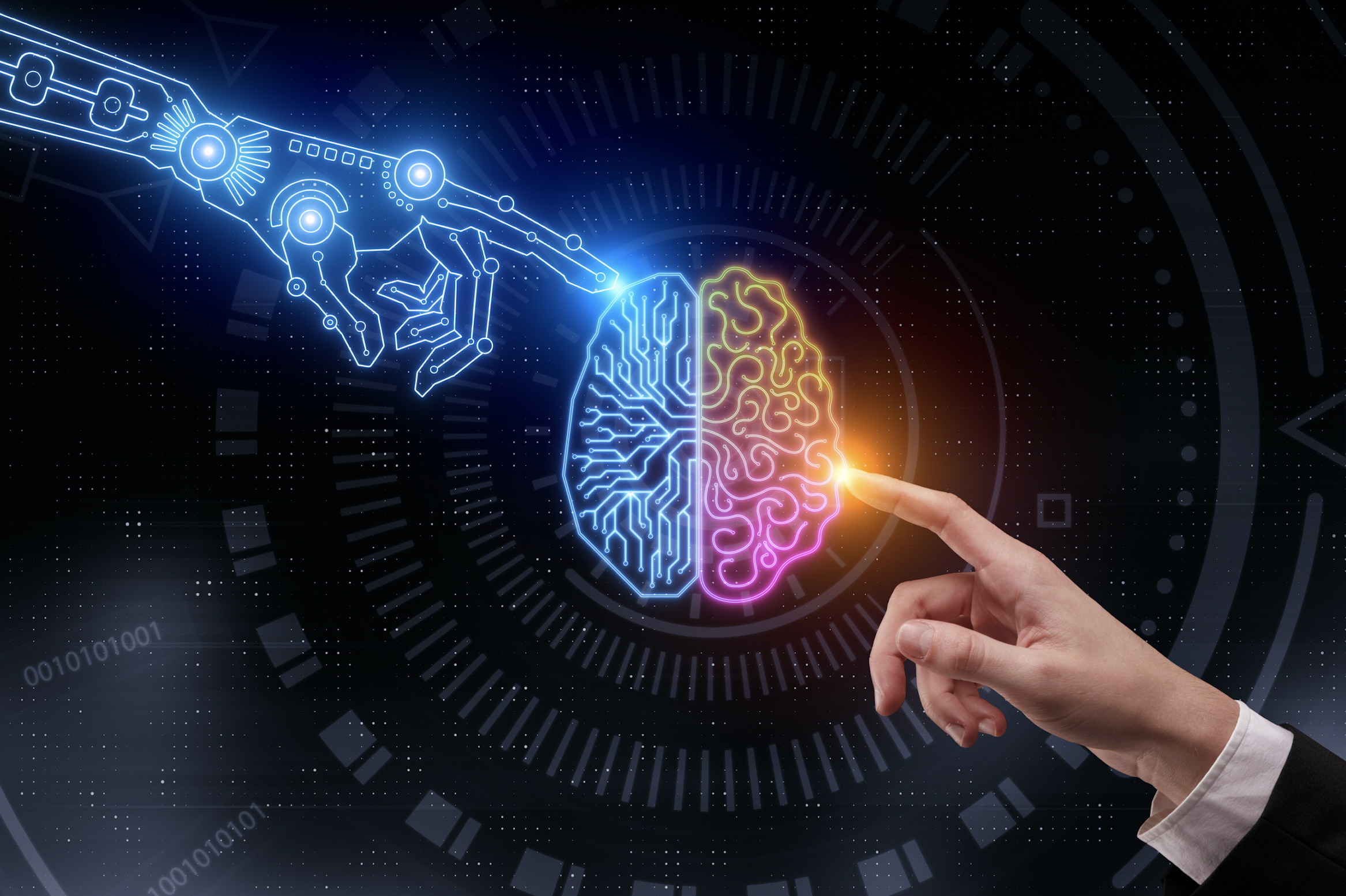
Prior to working in the automation space, I was a founder of two companies that developed data analytics, machine learning and AI technologies that focused on marketing, risk management and automated decision-making. I must admit, I didn’t know much about RPA and automation tools back then, and neither did our developers.
When I became a co-founder of Robocorp, I quickly learned that automation and AI are especially powerful together. I’ve also come to learn that there are many developers who don’t know it yet.
Brains are not enough
When I worked in the data and AI business, we developed applications to:
- Evaluate the risk potential of banking customers, then segment customers to serve them relevant customer messaging and marketing. For example, we would identify potential customers for investment products, mortgages and credit cards.
- Automate insurance claim processing. The application analyzed the claim, fetched data from different systems and made a decision on whether to pay the claim. The solution then triggered a payment to the customer or flagged the claim for further investigation.
- Analyze users’ social networks, find influencers (alpha users) and target marketing efforts. This helped analyze how people are connected, and how to find potential targets for each product. This typically needed data from several sources and the results would be sent to the CRM to help customer service with churn management and up-selling.
- Analyze retail purchase behavior (e.g. loyalty program data) and perform actions based on that history. This included targeted marketing, optimizing selections in-store and understanding the price sensitivity of different products then optimizing the prices.
- Detect fraud. This tool learned the typical behavior of a user (e.g. credit card user) and then triggered a warning when atypical behavior occurred.
Each example listed above is a typical use of AI technology. Each requires a lot of data, and that data is typically stored across internal and external systems, including customer databases and credit reporting bureaus, respectively. Only after the data is collected can the “AI brains” provide analysis and make its decision (whom to market to, how to rule on an insurance claim, or what constitutes atypical behavior). But it is not enough to make that smart analysis and decision—the results must then be put into action. This typically requires the results to be entered into systems and sent to the relevant parties.
Compatible automation tools for AI developers
I hope this illustrates that AI is not limited to machine learning, smart data analytics models or deep learning algorithms. Those functions are often only 20 percent of the implementation. It is fundamental to collect data from several systems, clean and format the data, then turn output into action. In other words, it requires automation. In all these functions, automation and RPA tools help make the implementation much more effective.
In my data analytics companies, we had data scientists and software developers to aid in developing our solutions. They used programming languages including Python, and some projects required developing models using a tool like R. Looking back, I see now that we did a lot of coding of ‘automation’ from scratch, which included data scraping when solutions like APIs were not available.
Nowadays, RPA and automation tools can make development much more effective. I’m not talking about some simplified drag-and-drop RPA tools that help office workers move data from Excel to an accounting system. Those are also needed, but they are another use case entirely. I’m talking about automation tools that work with common programming languages like Python and those offer libraries, open-source components and tools the AI developers are willing to use. Implementing these automation tools can become part of the planning and development phase of an AI project.
Providing hands to AI’s brain
I’ve learned at Robocorp how closely automation and AI are linked. We often say that automation is “the hands” to the brains of AI. You need both brains and hands to really get something done. The bottleneck with many AI solutions is that it is hard to collect all of the needed data then turn that information into action. This typically requires the use of many systems, including old legacy systems. RPA and automation tools offer solutions for that.
I have a feeling that my previous companies weren’t the only ones that didn’t realize the full potential of automation tools. Only recently have tools become available—like those we’ve created at Robocorp—that are useful for serious software development, and that enable developers to embrace the abilities of AI and automation software. Robocorp provides effective tools, including Python, open-source components and frameworks to make AI development more effective.
I am of the opinion that the best way to accelerate AI development is to find better “AI hands.” Automation tools are just that. We cannot effectively use AI until we implement better tools to collect the data, process it and turn results into action. I encourage the AI developers and data scientists out there to consider RPA and automation tools. They make development faster and more effective and help you to fully utilize the power of AI.




